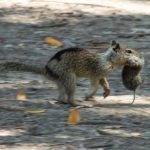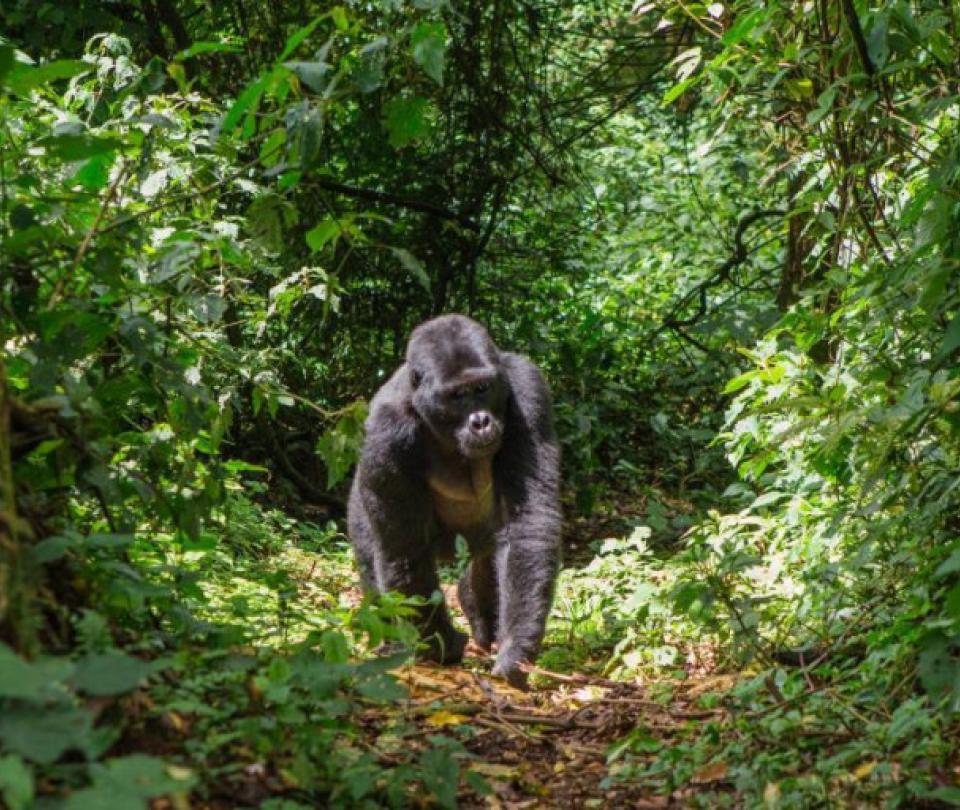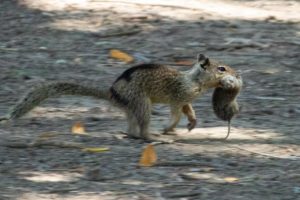Gorilla self-medication could provide clues to future drug discovery, according to scientists.
Researchers in Gabon studied tropical plants eaten by wild gorillas (and also used by local human healers) and identified four with medicinal effects.
Laboratory studies revealed that the plants are high in antioxidants and antimicrobials.
One of them showed promise in combating superbugs.
Great apes are known to self-medicate by selecting plants with healing properties.
Recently, an injured orangutan made headlines for using a vegetable paste to heal a wound.
In the latest study, botanists recorded the plants that western lowland gorillas ate in Gabon’s Moukalaba-Doudou National Park.
The researchers selected four trees that were likely to be beneficial, based on interviews with local healers: kapok (Ceiba pentandra), giant yellow mulberry (Myrianthus arboreus), African teak (Milicia excelsa), and fig (Ficus).
The bark of the trees, which is used in traditional medicine to treat everything from stomach problems to infertility, contained chemicals with medicinal effects, from phenols to flavonoids.
All four plants showed antibacterial activity against at least one multidrug-resistant strain of E. coli bacteria.
Ceiba, in particular, showed “remarkable activity” against all strains tested, they said.
“This suggests that gorillas evolved to eat plants that benefit them, and highlights the huge gaps in our knowledge of the rainforests of central Africa,” said Joanna Setchell, an anthropologist at Durham University, UK, who worked on the study with Gabonese scientists.
Gabon has vast unexplored forests, which are home to forest elephants, chimpanzees and gorillas, as well as many plants unknown to science.
Poaching and disease have caused large numbers of western lowland gorillas to disappear in the wild.
These animals are classified as critically endangered on the Red List of the International Union for Conservation of Nature.
The research was published in the scientific journal PLOS ONE.
Click here to read more stories from BBC News Mundo.
You can also follow us on YouTube, Instagram, TikTok, X, Facebook and our new WhatsApp channel, where you will find breaking news and our best content.
And remember that you can receive notifications in our app. Download the latest version and activate them.















Add Comment